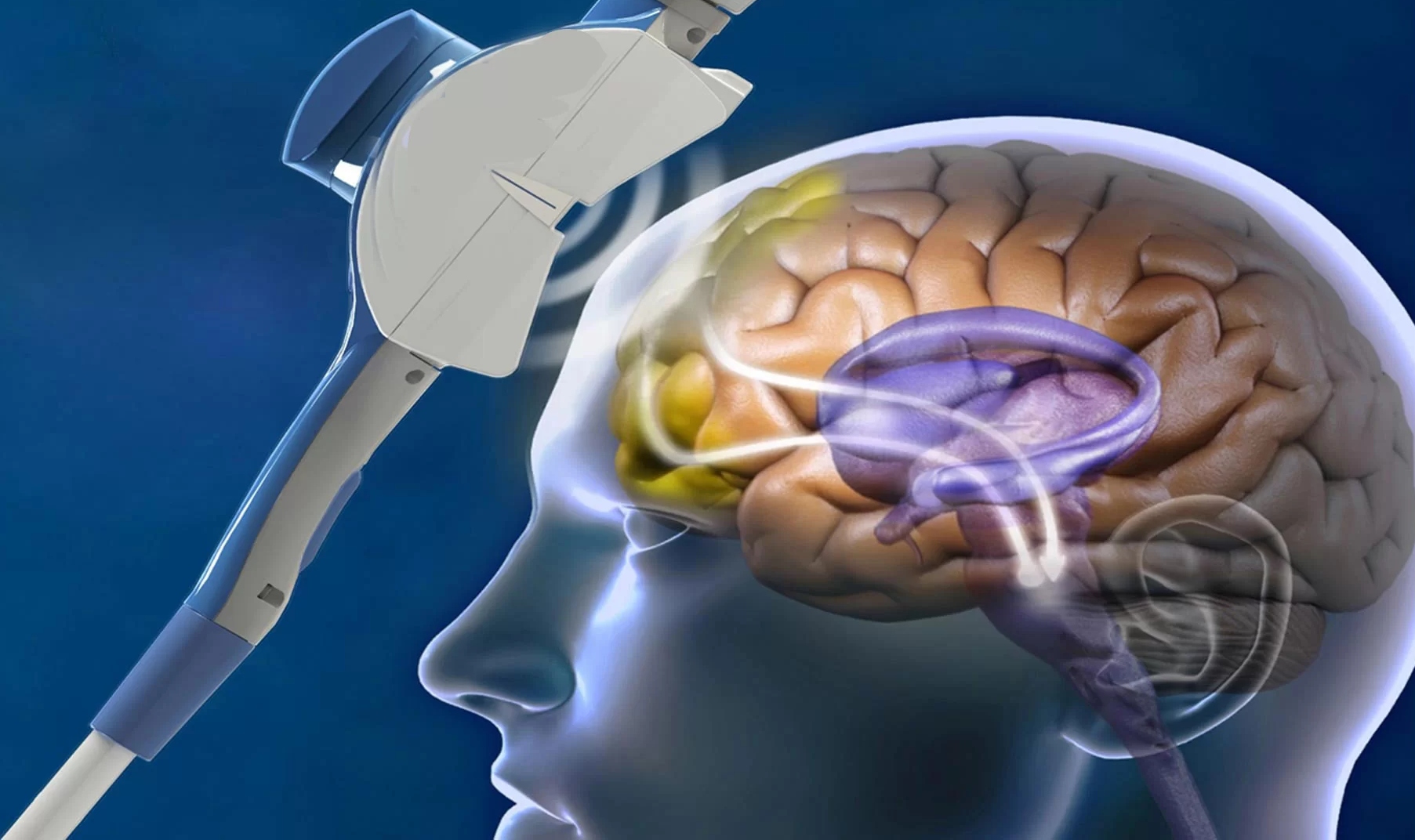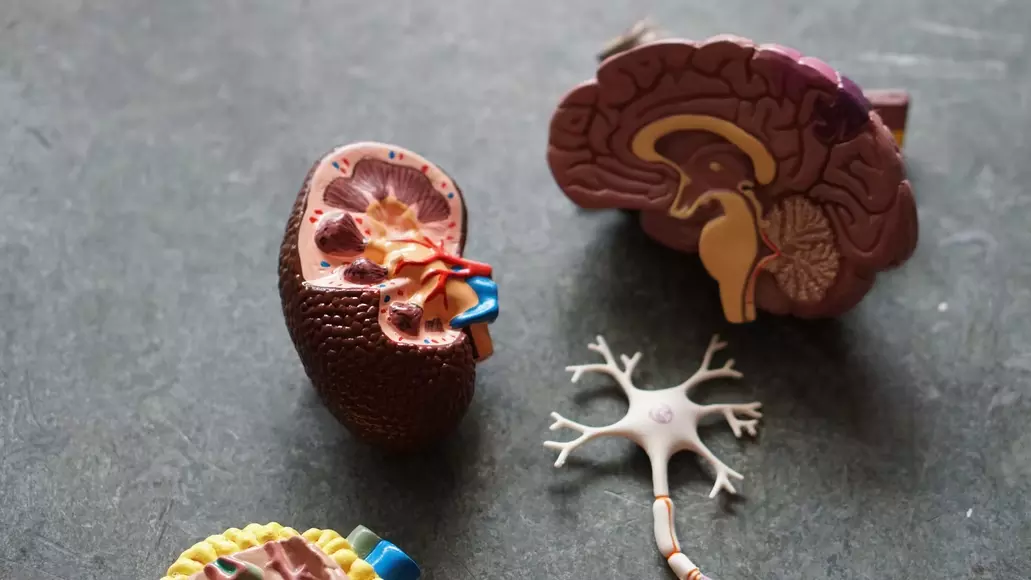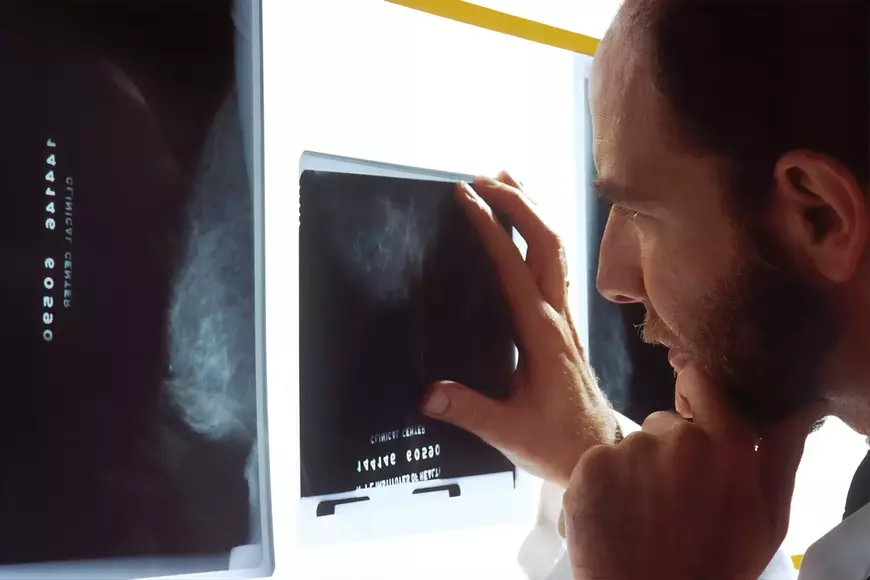Comments
- No comments found

Transcranial Magnetic Stimulation, or TMS for short, is a relatively new treatment option for various mental health conditions that has been growing in popularity in recent years.
TMS involves using magnets to stimulate specific areas of the brain, and while the technology is still being studied, there is evidence that it can be an effective treatment option for conditions like depression, anxiety, and even ADHD.

If you want to know more about this FDA-approved treatment, you have come to the right place! In this guide, we will go over everything you need to know about TMS, including how it works, what conditions it can be used to treat, what the researchers have to say, and what to expect if you decide to try it.
TMS works by using magnetic pulses to stimulate specific areas of the brain. The magnet used in TMS treatments is similar to those used in MRI machines, but the strength of the magnetic pulse is much weaker. When the magnetic pulse is placed against the head, it produces an electric current that passes through the skull and into the brain.
This electric current then stimulates the neurons in the targeted area of the brain, which can help to improve symptoms of certain mental health conditions. Researchers believe that TMS may work by helping to “reset” the brains of people with mental health conditions, and while the exact mechanisms are still being studied, there is evidence that TMS can be an effective treatment option.
TMS is most commonly used to treat depression, but it can also be used to treat other mental health conditions like anxiety and OCD. There is also growing evidence that TMS may be an effective treatment for ADHD.
As mentioned before, TMS is most commonly used to treat depression. It targets the areas of the brain that are responsible for mood and emotion and is particularly effective in treating different types of depression. The FDA has approved TMS as a treatment for major depressive disorder (MDD) in adults who have not responded to other treatment options, such as medication and therapy. There is a growing body of research that supports the use of TMS for depression, and in one study, it was found that TMS was more effective than a placebo at reducing symptoms of depression. So if you are looking for an alternative treatment option for depression, TMS may be worth considering.
TMS has also been found to be effective in treating anxiety. In one study, it was found that TMS was able to significantly reduce symptoms of anxiety in people with a generalized anxiety disorder (GAD). TMS has also been studied as a treatment for other types of anxiety disorders, such as social anxiety disorder (SAD) and post-traumatic stress disorder (PTSD), but more research is needed in these areas. However early studies are promising, and TMS may be an effective treatment option for anxiety.
As mentioned before, TMS is also being studied as a treatment for other mental health conditions, such as OCD and ADHD. Early studies have shown that TMS may be an effective treatment for OCD, and it has also been found to improve symptoms of ADHD. However, more research is needed in these areas to determine the long-term efficacy of TMS. The good news is that early studies are promising, so it is expected that TMS will continue to be studied as a treatment for these and other mental health conditions.
If you are considering TMS as a treatment option, it is important to know what to expect. TMS treatments are typically administered over 4-6 weeks, and each session lasts for about 30-60 minutes. During the treatment, you will be seated in a comfortable chair, and the TMS device will be positioned against your head. You will be awake during the treatment, but you may feel a tapping sensation on your head. Some people also experience a mild headache after the treatment, but this is typically short-lived and can be treated with over-the-counter pain medication.
TMS is generally well-tolerated, and most people do not experience any serious side effects. The most common side effects are headaches and scalp discomfort, but these are usually mild and go away on their own. TMS is considered a safe and effective treatment option for mental health conditions, so if you are considering it, be sure to talk to your doctor to see if it is right for you.

As you can see, TMS is a promising treatment option for mental health conditions, and it is worth considering if you are looking for an alternative to medication or therapy. TMS is safe, well-tolerated, and effective in treating various mental health conditions. So if you are considering TMS, be sure to talk to your doctor to see if it is right for you and learn more about what you can expect.
Leave your comments
Post comment as a guest